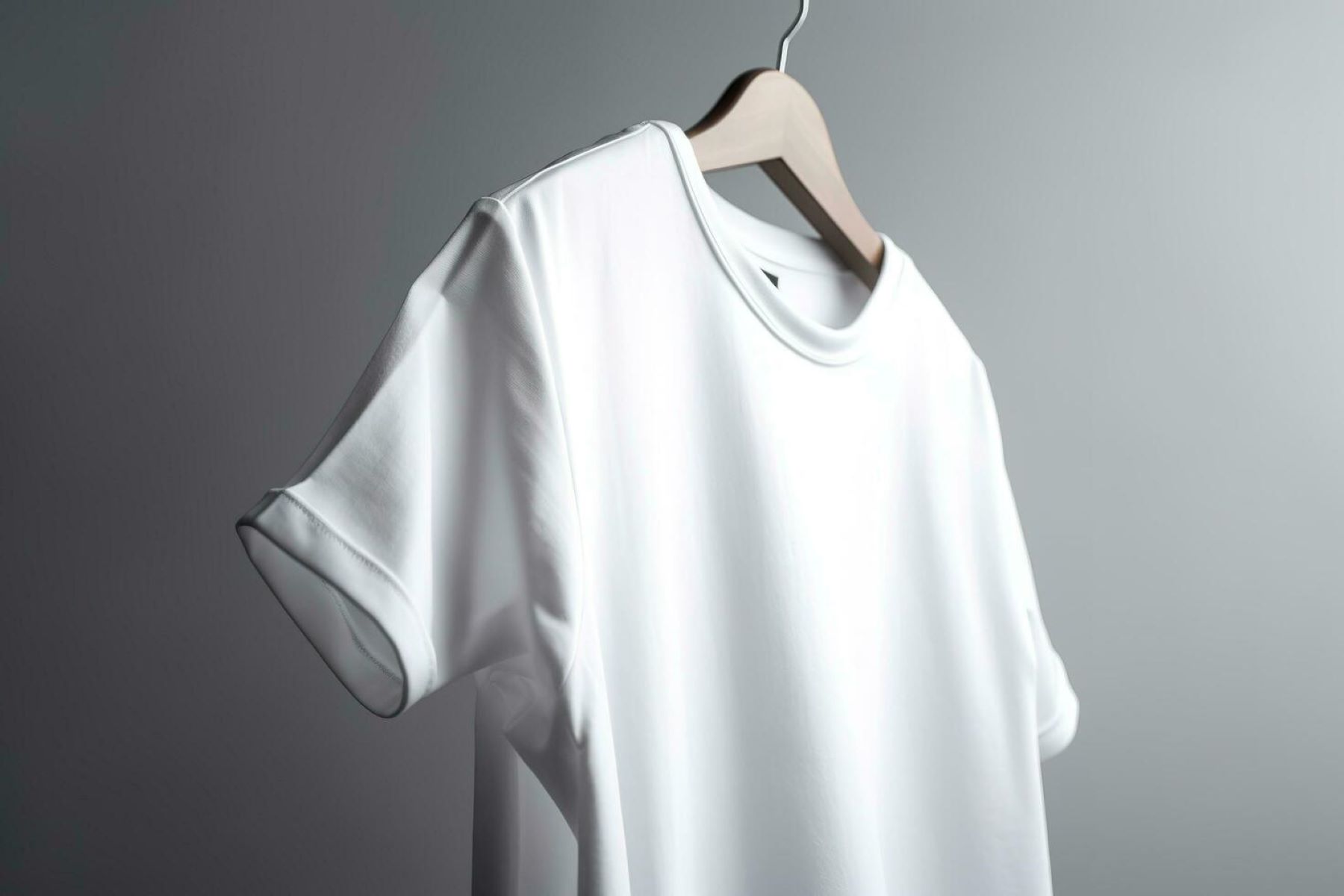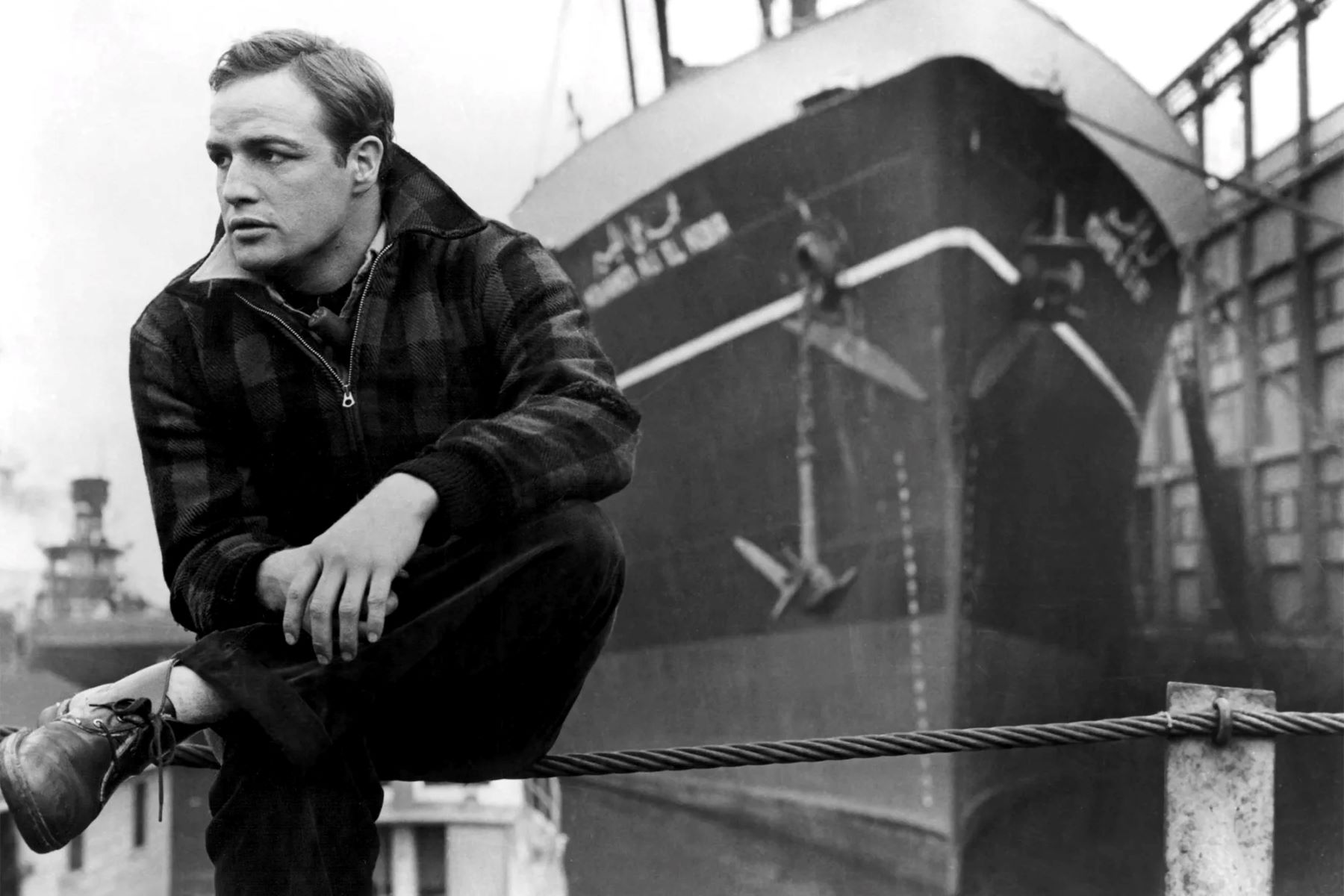Home>Business and Finance>The Surprising Reason Behind Steve Jobs’ Plain Dressing Style


Business and Finance
The Surprising Reason Behind Steve Jobs’ Plain Dressing Style
Published: January 30, 2024
Discover the unexpected rationale behind Steve Jobs' simple wardrobe choices and their impact on business and finance. Uncover the power of minimalism in the world of entrepreneurship.
(Many of the links in this article redirect to a specific reviewed product. Your purchase of these products through affiliate links helps to generate commission for Regretless.com, at no extra cost. Learn more)
Table of Contents
Introduction
Steve Jobs, the co-founder of Apple Inc., was renowned for his iconic black turtleneck, blue jeans, and New Balance sneakers. His minimalist dressing style was as synonymous with him as his groundbreaking innovations. While many attributed his choice of attire to personal preference or a desire for simplicity, the underlying reasons behind his distinctive fashion sense are far more intriguing. This article delves into the surprising factors that contributed to Steve Jobs' plain dressing style, uncovering the profound influences of Japanese minimalism, the psychology of decision fatigue, and the strategic role of personal branding in shaping his iconic image. Join us on this exploration as we unravel the captivating story behind one of the most enigmatic figures in the tech industry and discover the unexpected motivations that shaped his sartorial choices.
Read more: Top Shoe Picks For Styling A Silk Dress
The Influence of Japanese Minimalism
Steve Jobs' fascination with Japanese minimalism played a pivotal role in shaping his iconic dressing style. The influence of Japanese aesthetics, particularly the concept of "Ma" (間), which embodies the beauty of space, played a significant role in Jobs' approach to design and fashion. Japanese minimalism emphasizes simplicity, precision, and the elimination of non-essential elements, aligning perfectly with Jobs' design philosophy at Apple.
The profound impact of Japanese minimalism can be traced back to Jobs' visit to Kyoto, Japan, where he immersed himself in the serene beauty of traditional Japanese architecture and design. The meticulous craftsmanship and emphasis on clean lines and uncluttered spaces left an indelible impression on Jobs, influencing not only his product designs but also his personal style.
Incorporating the principles of Japanese minimalism into his wardrobe, Jobs embraced simplicity and functionality, mirroring the elegance and efficiency of Apple's products. His signature black turtleneck, blue jeans, and sneakers epitomized the minimalist aesthetic, reflecting a deliberate choice to eliminate decision fatigue and streamline his daily routine.
Furthermore, Jobs' admiration for the Zen philosophy, prevalent in Japanese minimalism, underscored his belief in the power of simplicity and mindfulness. The Zen concept of "Kanso" (簡素) – simplicity or elimination of clutter – resonated deeply with Jobs, inspiring him to adopt a wardrobe that epitomized understated elegance and uncluttered simplicity.
The enduring influence of Japanese minimalism on Jobs' dressing style transcended mere fashion; it reflected a profound appreciation for the harmonious balance between form and function, a principle deeply ingrained in Japanese design philosophy. By embracing the essence of Japanese minimalism, Jobs not only cultivated a distinctive personal brand but also embodied a philosophy that transcended fashion, resonating with individuals who sought simplicity and clarity in a complex world.
In essence, the influence of Japanese minimalism on Steve Jobs' dressing style serves as a testament to the enduring impact of cultural aesthetics on personal expression, underscoring the profound synergy between design, philosophy, and individual identity. Jobs' sartorial choices stand as a compelling fusion of Eastern minimalism and Western innovation, symbolizing a harmonious convergence of cultural influences that continues to inspire and captivate individuals across the globe.
The Psychology of Decision Fatigue
Steve Jobs' adoption of a minimalist dressing style was not merely a reflection of aesthetic preferences; it was a strategic response to the psychological phenomenon known as decision fatigue. As the driving force behind Apple's revolutionary products, Jobs recognized the immense cognitive burden imposed by the constant need to make decisions throughout the day. This insight led him to embrace a minimalist wardrobe as a means of conserving mental energy and optimizing his cognitive resources for more critical tasks.
Decision fatigue, a concept rooted in behavioral psychology, refers to the deteriorating quality of decisions made by individuals after a prolonged period of decision-making. As a visionary leader and innovator, Jobs was acutely aware of the detrimental effects of decision fatigue on cognitive function and productivity. By simplifying his daily clothing choices, he effectively minimized the number of decisions required in non-essential aspects of his life. This deliberate reduction in decision-making contributed to preserving his mental acuity and creative prowess for the demanding challenges inherent in leading a tech empire.
Jobs' strategic approach to mitigating decision fatigue through his minimalist dressing style exemplifies a profound understanding of human psychology and cognitive load. By eliminating the need to deliberate over clothing options each day, he liberated valuable mental resources, allowing him to focus on the strategic vision that propelled Apple to unprecedented success.
Furthermore, Jobs' astute recognition of decision fatigue underscores the intersection of psychology and personal branding. His deliberate wardrobe choice not only reflected a commitment to simplicity but also conveyed a powerful message about the prioritization of mental clarity and efficiency. In doing so, Jobs elevated his personal brand beyond mere fashion, positioning himself as a thought leader who valued cognitive optimization and mindful decision-making.
In essence, the psychology of decision fatigue offers a compelling lens through which to understand the strategic rationale behind Jobs' minimalist dressing style. It illuminates his proactive approach to managing cognitive resources and optimizing mental bandwidth, underscoring the profound impact of psychological insights on shaping individual behaviors and personal branding strategies. Jobs' astute navigation of decision fatigue through his sartorial choices stands as a testament to the intricate interplay between psychology, productivity, and the art of personal branding.
The Role of Personal Branding
Steve Jobs' minimalist dressing style transcended mere fashion; it served as a strategic manifestation of his personal brand, encapsulating his visionary leadership, innovative prowess, and unwavering commitment to simplicity. Jobs' deliberate sartorial choices were emblematic of a carefully curated personal brand, strategically crafted to convey a distinct narrative and resonate with a global audience.
At the core of Jobs' personal branding was the seamless fusion of his minimalist wardrobe with the values and ethos of Apple Inc. The iconic black turtleneck, blue jeans, and sneakers became synonymous with the Apple brand, symbolizing innovation, elegance, and a relentless pursuit of excellence. By aligning his personal image with the corporate identity of Apple, Jobs established a cohesive narrative that reinforced the brand's ethos and communicated a unified message to consumers and stakeholders.
Moreover, Jobs' minimalist attire served as a visual signature, instantly recognizable and synonymous with his visionary leadership. This deliberate visual branding strategy not only distinguished him from his peers but also reinforced his enigmatic persona, positioning him as a transformative figure in the tech industry. The consistency and simplicity of his wardrobe became a powerful symbol of authenticity and confidence, further amplifying his personal brand's impact.
Beyond the realm of fashion, Jobs' personal brand extended to embody a philosophy of uncompromising innovation and disruptive creativity. His minimalist dressing style reflected a commitment to challenging conventions and embracing simplicity as the ultimate sophistication, mirroring the ethos that defined Apple's groundbreaking products. This alignment between personal and corporate branding reinforced the narrative of Jobs as a maverick visionary, elevating his influence and amplifying the resonance of his personal brand on a global scale.
Furthermore, Jobs' minimalist attire transcended cultural and linguistic barriers, communicating a universal message of elegance, innovation, and individuality. His personal brand, intricately intertwined with his dressing style, transcended geographical boundaries, resonating with diverse audiences and fostering a deep emotional connection with consumers worldwide.
In essence, the role of personal branding in Jobs' minimalist dressing style epitomizes the strategic fusion of individual identity with corporate ethos, underscoring the profound impact of visual storytelling and cohesive messaging in shaping a compelling personal brand. Jobs' sartorial choices stand as a testament to the transformative power of personal branding, transcending fashion to become an indelible symbol of visionary leadership and enduring legacy.
Conclusion
In conclusion, the enigmatic simplicity of Steve Jobs' iconic dressing style transcends the confines of fashion, embodying a profound narrative shaped by the influences of Japanese minimalism, the strategic management of decision fatigue, and the strategic role of personal branding. Jobs' deliberate choice to embrace a minimalist wardrobe was a testament to his visionary approach to design, personal branding, and cognitive optimization.
The enduring influence of Japanese minimalism on Jobs' dressing style serves as a testament to the enduring impact of cultural aesthetics on personal expression, underscoring the profound synergy between design, philosophy, and individual identity. Jobs' sartorial choices stand as a compelling fusion of Eastern minimalism and Western innovation, symbolizing a harmonious convergence of cultural influences that continues to inspire and captivate individuals across the globe.
Furthermore, Jobs' strategic response to decision fatigue through his minimalist dressing style exemplifies a profound understanding of human psychology and cognitive load. By simplifying his daily clothing choices, he effectively minimized the number of decisions required in non-essential aspects of his life, preserving his mental acuity and creative prowess for the demanding challenges inherent in leading a tech empire.
At the core of Jobs' personal branding was the seamless fusion of his minimalist wardrobe with the values and ethos of Apple Inc. The iconic black turtleneck, blue jeans, and sneakers became synonymous with the Apple brand, symbolizing innovation, elegance, and a relentless pursuit of excellence. By aligning his personal image with the corporate identity of Apple, Jobs established a cohesive narrative that reinforced the brand's ethos and communicated a unified message to consumers and stakeholders.
In essence, the convergence of Japanese minimalism, cognitive psychology, and personal branding in Steve Jobs' plain dressing style unveils a narrative that extends far beyond the realm of fashion. It reflects a strategic fusion of cultural influences, cognitive optimization, and brand narrative, underscoring the transformative power of personal expression and visual storytelling. Steve Jobs' minimalist attire stands as a timeless testament to the enduring resonance of simplicity, innovation, and individuality, leaving an indelible legacy that continues to inspire and captivate individuals across generations.













